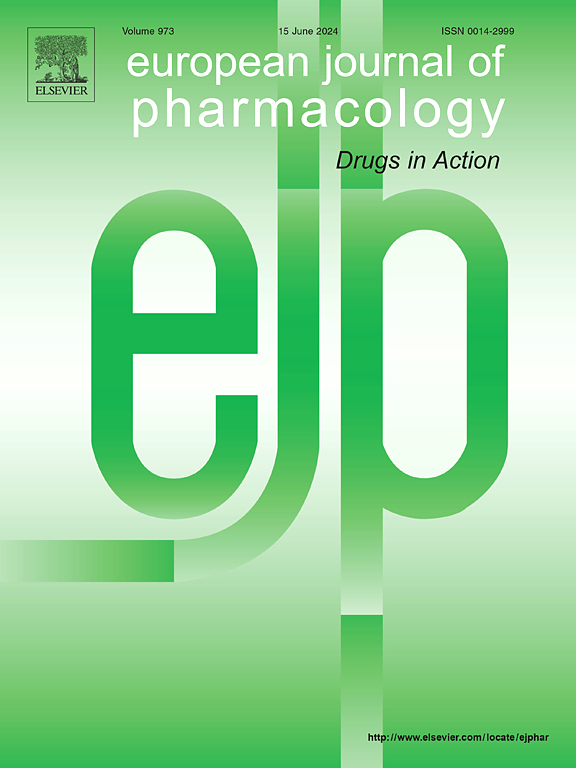Unravelling soluble (pro)renin receptor-mediated endothelial dysfunction
IF 4.2
3区 医学
Q1 PHARMACOLOGY & PHARMACY
引用次数: 0
Abstract
Background
Preeclampsia is characterized by maternal endothelial dysfunction and new-onset hypertension. Preeclamptic pregnancies have elevated levels of maternal soluble prorenin receptor (s(P)RR) and previous studies have shown that recombinant s(P)RR produces hypertension and vascular dysfunction. This study aimed to investigate the effects of PRO20, an s(P)RR antagonist, on s(P)RR-induced endothelial dysfunction and its interaction with the Angiotensin II Type 1 Receptor (AT1R).
Methods
Human uterine microvascular endothelial cells (HUtMECs) were treated with 100 nM s(P)RR, with/without 10 nM PRO20, 10 μM Losartan (AT1R antagonist), or 10 μM Aliskerin (renin inhibitor). The ability of PRO20 to prevent endothelial dysfunction induced by patient serum from preeclamptic pregnancies was also assessed. Endothelial dysfunction markers were measured using immunoblot, qPCR, and ELISA. For AT1R mechanism studies, HUtMECs were treated with control or AT1R siRNA before s(P)RR exposure. AT1R and s(P)RR protein structures were predicted via AlphaFold-2 and docking examined using Schrödinger.
Results
PRO20 mitigated s(P)RR-induced increases in the mRNA expression of endothelial dysfunction markers, endothelin-1, VCAM-1 and ICAM-1 and prevented s(P)RR and preeclamptic serum-induced increases in endothelin-1 and VCAM-1 protein. Aliskerin had no effect on s(P)RR-induced endothelial dysfunction. Losartan and an AT1R siRNA were able to prevent s(P)RR induced increases in VCAM-1 protein levels and ET-1 mRNA expression, respectively. Modelling suggested that PRO20 can impair s(P)RR-AT1R complex formation.
Conclusions
Elevated s(P)RR induces endothelial dysfunction at least partially through AT1R. PRO20 prevents s(P)RR-AT1R formation, suggesting it could be an effective therapeutic for preeclampsia and conditions requiring renin-angiotensin system suppression.

求助全文
约1分钟内获得全文
求助全文
来源期刊
CiteScore
9.00
自引率
0.00%
发文量
572
审稿时长
34 days
期刊介绍:
The European Journal of Pharmacology publishes research papers covering all aspects of experimental pharmacology with focus on the mechanism of action of structurally identified compounds affecting biological systems.
The scope includes:
Behavioural pharmacology
Neuropharmacology and analgesia
Cardiovascular pharmacology
Pulmonary, gastrointestinal and urogenital pharmacology
Endocrine pharmacology
Immunopharmacology and inflammation
Molecular and cellular pharmacology
Regenerative pharmacology
Biologicals and biotherapeutics
Translational pharmacology
Nutriceutical pharmacology.

 求助内容:
求助内容: 应助结果提醒方式:
应助结果提醒方式:


